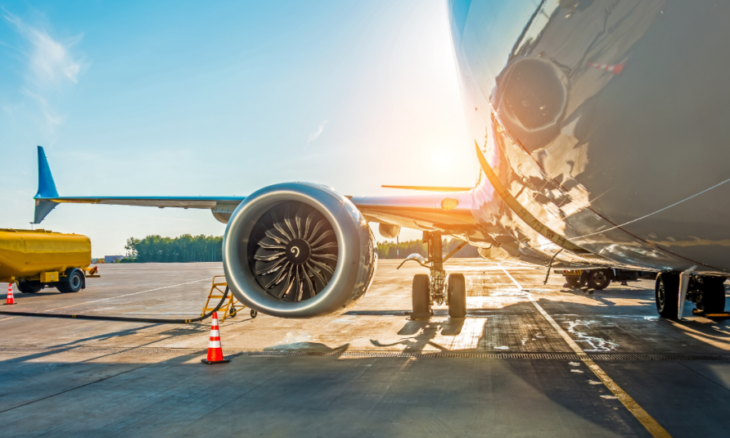
Last Updated on October 31, 2024 by Surender Kumar
Advancements in aviation technology make it possible for airliners to continuously evolve for improved safety, fuel costs, and relaxation for a more enjoyable flight for all.
It also includes everything from improvements to the aircraft itself to the variety of ground support services and equipment that enable the plane to run smoothly between flights.
That said, as an airliner company, some recent cutting-edge technology to consider when looking to improve your flight services includes:
Table of Contents
The Latest Aerodynamic Designs
Many airliner companies are hard at work exploring innovations in sleeker, lighter, more durable aircraft designs that will enable their jets and commercial planes to perform better and use less fuel.
For instance, several new generations of planes are set to be released after 2026, including the Overture-Boom, whose engines are designed by Rolls Royce, which can fly at supersonic speeds, making it the first jet of its kind.
Like other newer aerodynamically designed aircraft, it will also help reduce carbon emissions and turbulence and include more personal space, all for the usual price of business travel.
NASA is also conducting various research into the development of circulation control wings that will enable aircraft fitted with them to take off and land at lower speeds on shorter runways.
This way, it will help prevent major hubs from being overcrowded with aircraft, thus ensuring more on-time departures and landings for a greater customer experience.
Electric and Hybrid Engines
Many big names in the industry, like Eviation, Airbus, and Boeing, are also looking into creating more eco-friendly engines to help reduce their carbon footprint.
Hence, they are taking a cue from electric and hybrid vehicles and designing their newer aircraft motors to be powered by electricity or a combination of both electricity and fuel for reduced fuel usage and, thus, less air pollution. This is helped by the advancements of new technology, like supplies from a pcb connector supplier, which are specifically designed to withstand the high-pressure environment of an aircraft.
State-Of-The-Art Navigation and Virtual Pilot Equipment
Aircraft navigation systems are also equipped with new and improved features to help create a better flight experience for pilots and passengers.
For instance, aircraft touchscreen displays now enable more flight control and greater accuracy, and pilots also have more options for tracking their global positioning while en route and more.
Air traffic control is also being made easier with next-generation systems that enable satellite navigation and digital communication for improved air safety, greater flight efficiency, and more.
Some aircraft are also being equipped with a virtual pilot powered by AI to help with routine tasks, such as finding waypoints and more. It can also suggest necessary directional changes on display based on air traffic controllers’ voice commands.
Faster, More Dependable In-Flight Internet Connections
Inflight connectivity is also being improved onboard business jets and more for superior comfort and entertainment.
Hence, travelers can access the fastest, highest resolution, most dependable Wi-Fi connections via the latest satellite systems. This way, they can get work done while in the air, enjoy their favorite movies without interruption, and more.
It also allows passengers to check their flight status, weather, and more in real-time.
Furthermore, smaller planes are also being designed with larger cabins, more seats, more windows, and more spacious overhead bins to help customers feel less crowded during their flight.
Meanwhile, several larger single-aisle planes are being designed with an additional fuel tank to provide the same air mileage per flight as smaller planes.
Cutting-Edge Ground Support Equipment
Many technological advancements are also being made to the ground support equipment that helps keep the aircraft safely in place while it is being unloaded, loaded, and serviced at the terminal.
For instance, Tronair Jacks have been new and improved to handle even heavier weight, and they are also available in various heights, including fixed-height jacks. Hence, they provide maximum support for any size and type of plane that must be lifted off the ground during routine maintenance and repairs. They can also be combined when lifting larger aircraft.
Aircraft with improved aerodynamic designs and eco-friendlier engines also increase fuel savings while also reducing emissions for greener flights.
Therefore, updating your aircraft equipment with the latest technology is worth updating to help keep your operations cost-effective and your flights more enjoyable for all.

I am a passionate blogger having 10 years of experience in blogging and digital marketing. I started List Absolute in 2018 to give my passion a live platform. I have also a good hand in writing unique and quality content. Here I contribute in my free time. Thanks for reading. Let me know if I can help you get your work done in a timely manner.
